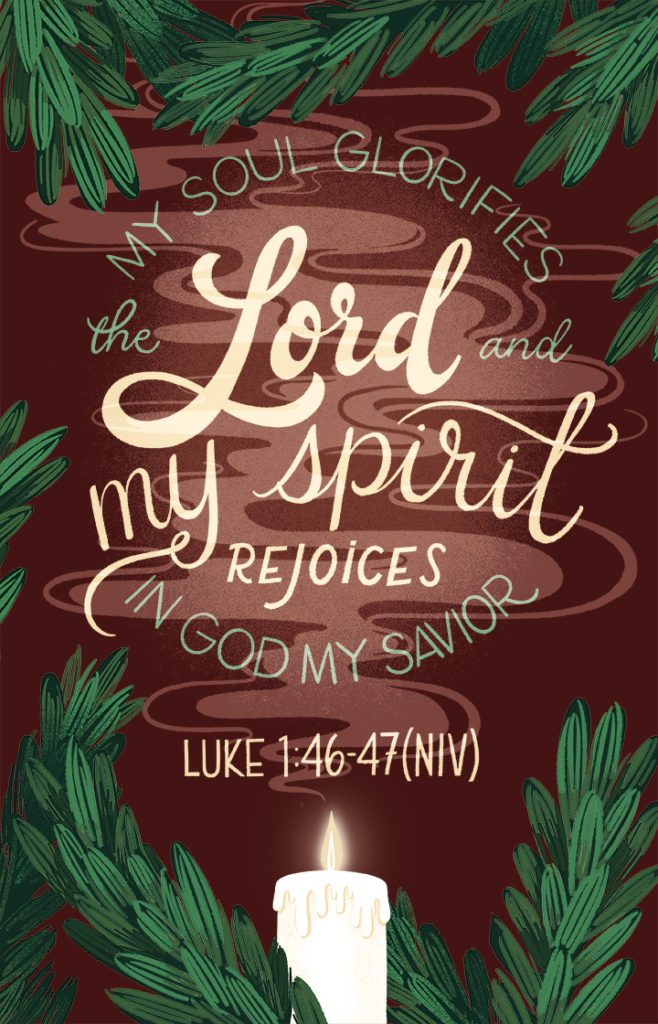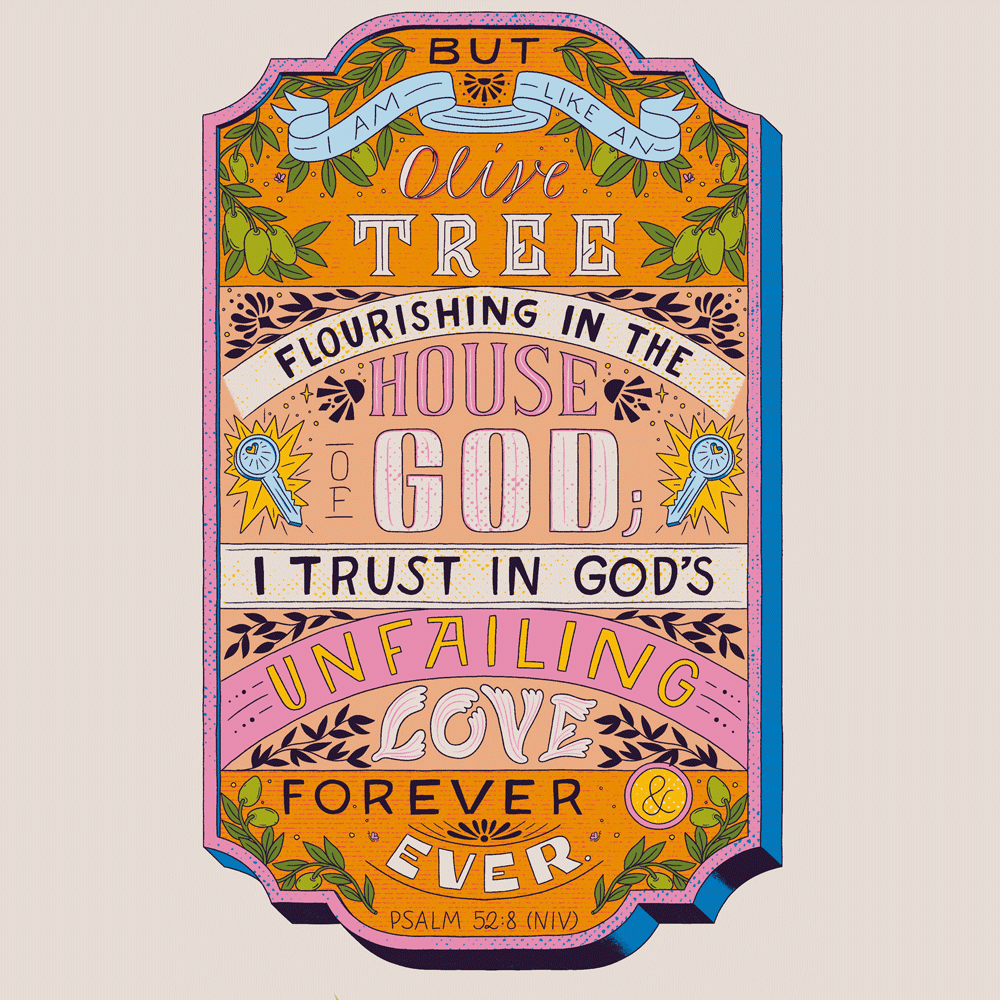
The holiday season provides countless opportunities for celebration. On my calendar, I have school parties, work parties, a kids’ Christmas musical and celebration, and then our family travels between multiple sets of grandparents and extended family to celebrate with everyone.
For some, the endless parties and dinners and celebrating are difficult. The pressure to put on a cheery face and adopt a jolly attitude can be overwhelming, especially when circumstances in our lives aren’t ideal. The holidays can remind us of what we don’t have and bring about loneliness, apathy and despair.
Mary’s song in Luke 1, often referred to as “The Magnificat,” offers a glimpse into the hope that comes with celebrating. Mary had a long list of reasons not to celebrate. At the time, being unmarried and pregnant was not only socially unacceptable, but dangerous. Would anyone believe that this baby was the Son of God, or would she be condemned and abandoned to care for the child on her own?
If Mary held any of these reservations, they didn’t last long. After the angel told her that she would give birth to Jesus, and that nothing is impossible for God, Mary’s response was, “I am the Lord’s servant. May everything you have said about me come true” (Luke 1:38).
Her song serves as a beautiful liturgy of the hope, restoration and faithfulness of God. A liturgy is a structure of worship. It provides a way for the believer to engage God regardless of our feelings and emotional state. When we are hurting, in despair or simply not “feeling” close to God, liturgies give us a form that millions of Christians before us have used to connect with God.
NT Wright, in his commentary, “Luke for Everyone,” says that the Magnificat is “the gospel before the gospel” … “whispered in monasteries, chanted in cathedrals, recited in small remote churches by evening candlelight and set to music with trumpets and kettledrums.”
The lyrics focus on what God has done for Mary and all His people. He has been mindful of Mary and cared for her. He is merciful. He’s performed mighty deeds, scattered the proud and lifted the humble. But most importantly, He has been faithful to His promises: to restore His people to Himself.
Doess celebrating what God has done for us come naturally or do we have to engage in our relationship with God to cultivate it? Often, we expect celebration or joy to be there in our relationship with God, but that standard can leave us feeling like something is wrong when it doesn’t come naturally. Mary’s example shows that even in times of anxiety or worry, God can be engaged with and for her. Just as liturgies provide ways for believers to engage with their loving God, we too should look for ways to welcome God into our seasons of celebration, and even our seasons of uncertainty. Mary’s song gives us the words to recall who God is and what He has done for us.

Dig Deeper:
A simple liturgy to adopt is through prayer. When it’s hard to find words to convey our hearts desires, it can be helpful to pray through the words of others. Shane Claiborne’s “Common Prayer: A Liturgy for Ordinary Radicals” provides a daily liturgy of prayer, Scripture and choruses for believers.
- December 1: Luke 1:1-2
- December 2: Luke 1:3-4
- December 3: Luke 1:5-7
- December 4: Luke 1:8-10
- December 5: Luke 1:11-12
- December 6: Luke 1:13-15
- December 7: Luke 1:16-17
- December 8: Luke 1:18-20
- December 9: Luke 1:21-22
- December 10: Luke 1:23-25
- December 11: Luke 1:26-28
- December 12: Luke 1:29-30
- December 13: Luke 1:31-33
- December 14: Luke 1:34-35
- December 15: Luke 1:36-37
- December 16: Luke 1:38
- December 17: Luke 1:39-40
- December 19: Luke 1:41-43
- December 19: Luke 1:44-45
- December 20: Luke 1:46-48
- December 21: Luke 1:49-50
- December 22: Luke 1:51-52
- December 23: Luke 1:53-55
- December 24: Luke 2:1-3
- December 25: Luke 2:4-7
- December 26: Luke 2:8-12
- December 27: Luke 2:13-4
- December 28: Luke 2:15
- December 29: Luke 2:16-18
- December 30: Luke 2:19
- December 31: Luke 2:20
Flower Illustration by Lan Truong & Verse Illustration by Alissandra Seelaus



